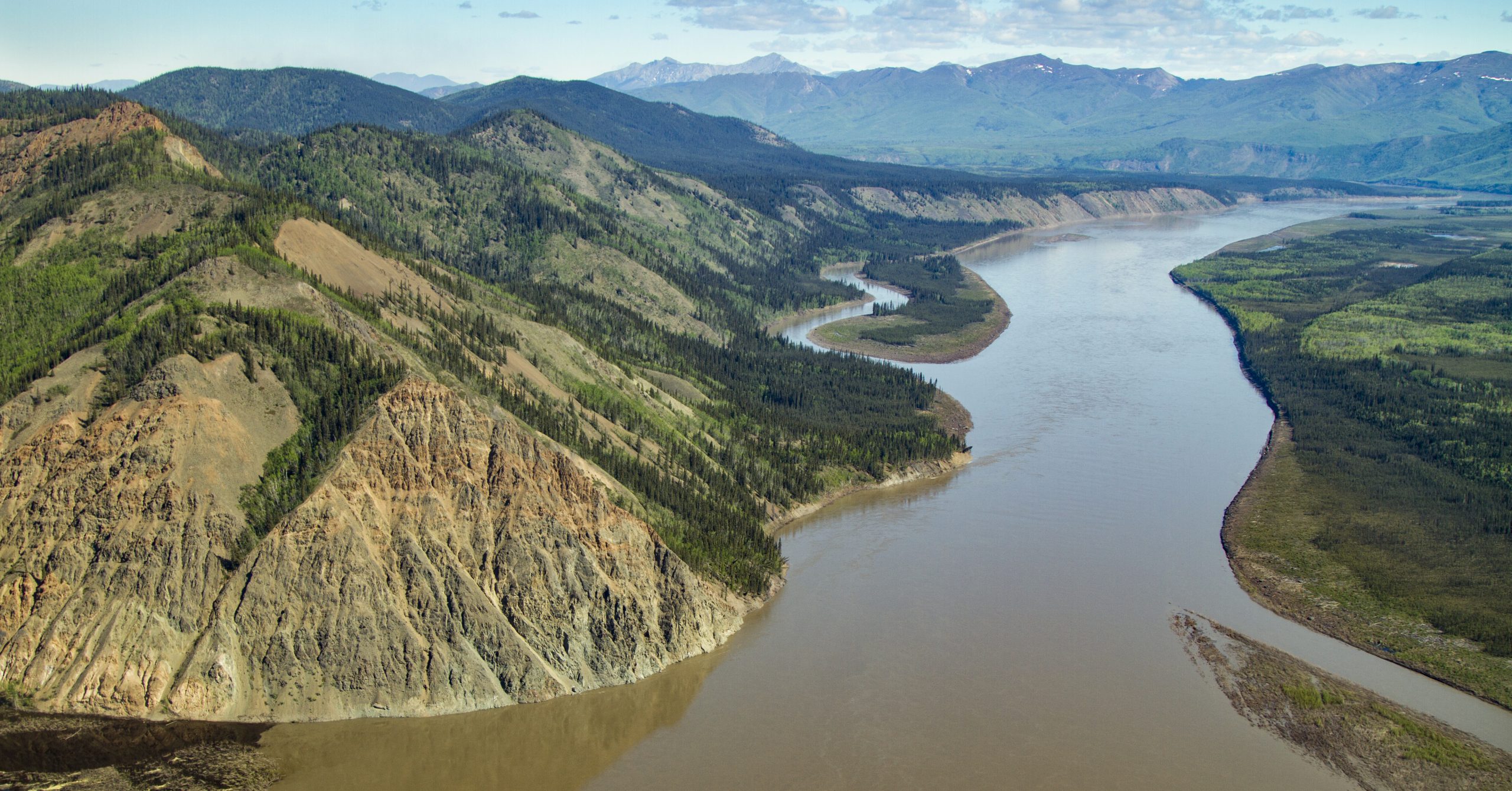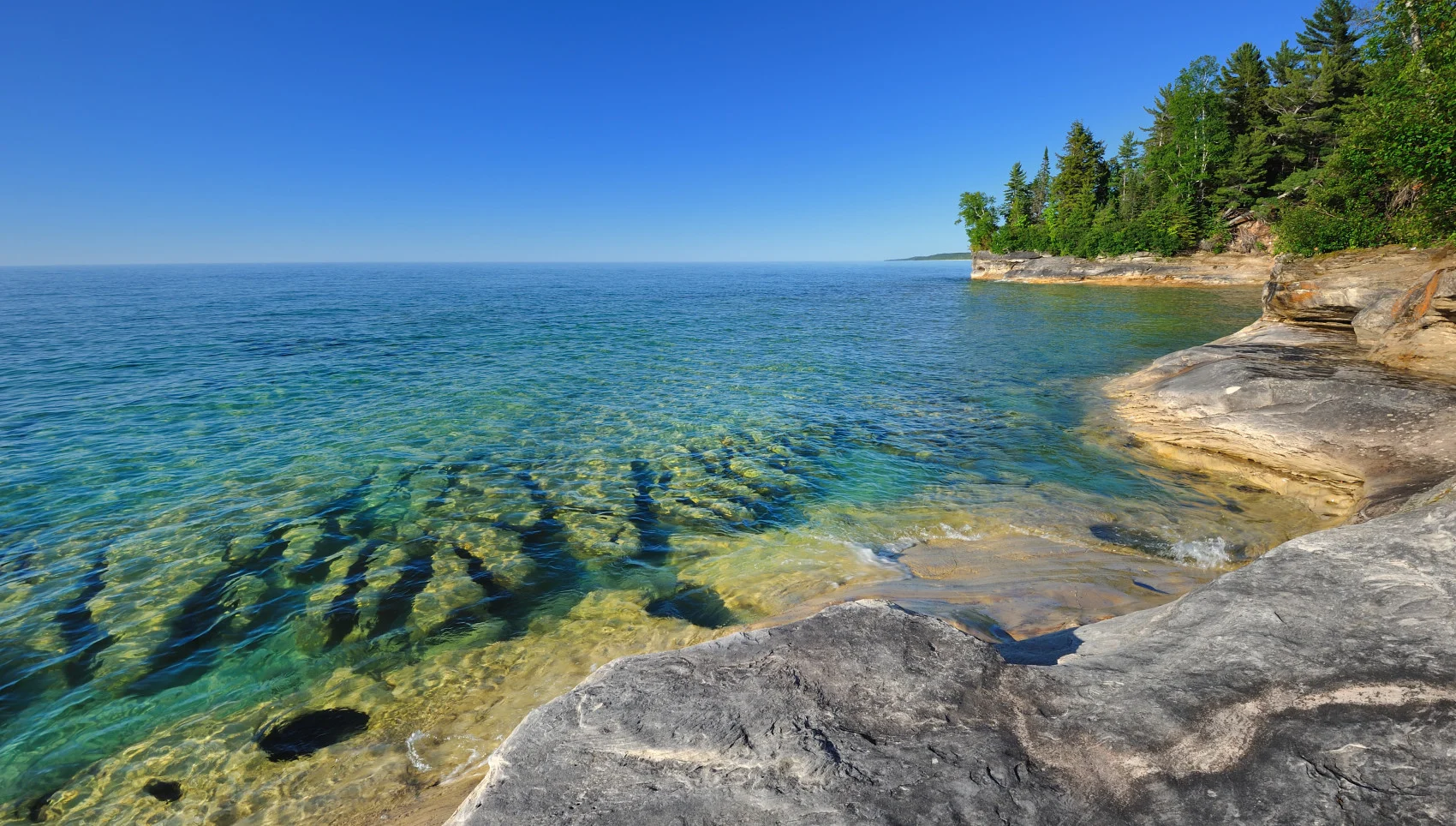Northern pike are one of the most exciting game fish to target in North America. Known for their aggressive strikes and powerful fights, pike attract anglers of all skill levels. However, success in pike fishing often depends on selecting the right location. This article highlights some of the best spots in the U.S. to catch Northern pike and offers insights into why these locations are prime for pike fishing.
Devils Lake, North Dakota
Devils Lake is renowned for its robust Northern pike population. This expansive body of water offers a variety of habitats, including submerged structures and abundant weed beds, which provide excellent cover for pike. Anglers flock to Devils Lake for its consistent pike fishing action, particularly during the spring and fall when pike are most active. The lake’s clear waters and extensive shorelines make it a pike fishing paradise.
Lake Champlain, New York/Vermont
Straddling the border between New York and Vermont, Lake Champlain is another top destination for Northern pike fishing. The lake’s diverse environment, featuring rocky shorelines, weed beds, and deep drop-offs, creates ideal conditions for pike. Anglers can find success throughout the year, but spring and early summer are particularly fruitful as pike move into shallower waters to spawn and feed. Key areas to target include the lake’s bays and marshy regions where pike hunt for prey.

Lake of the Woods, Minnesota/Ontario
Lake of the Woods boasts over 65,000 miles of shoreline and numerous islands, making it a prime location for Northern pike. This vast lake provides a mix of clear and stained waters, which pike prefer for ambushing prey. The lake’s structure, including weed lines, rocky points, and submerged timber, offers perfect hiding spots for pike. Anglers can expect excellent fishing from ice-out in the spring through the fall, with peak times during the post-spawn period when pike are actively feeding.
Yukon River, Alaska
For anglers seeking a more remote and rugged pike fishing experience, the Yukon River in Alaska is an excellent choice. This river system is home to some of the largest Northern pike in North America. The river’s cold, clear waters and vast network of tributaries provide ideal habitats for pike. Fishing is best during the summer months when pike are more accessible and actively feeding in the shallows and backwaters.

Great Lakes System
The Great Lakes, including Lake Michigan, Lake Superior, and Lake Huron, are known for their vast size and diverse fish populations. Northern pike thrive in the weedy bays and shallow regions of these lakes. Anglers targeting pike in the Great Lakes can benefit from the abundance of prey species and the varied habitats that these expansive water systems offer. The best times to fish are during the spring and fall when pike are more active in the shallows.

Boundary Waters, Minnesota
The Boundary Waters Canoe Area Wilderness (BWCAW) in Minnesota is a unique and scenic fishing destination. This area offers numerous lakes and rivers, many of which are home to healthy Northern pike populations. The clear waters, combined with the extensive aquatic vegetation, provide excellent cover for pike. Fishing in the Boundary Waters requires some planning and effort, but the reward is a tranquil and productive pike fishing experience.
Selecting the right location is crucial for successful Northern pike fishing. Whether you’re fishing in the renowned waters of Devils Lake, exploring the vast expanse of Lake of the Woods, or seeking adventure in the Yukon River. By targeting the best locations for fishing northern pike, anglers can increase their chances of landing these formidable predators.

Robert Smith is the proud owner of Bait Barrels and Bows, a premier fishing sports store established in 1989. With over three decades of experience in the industry, Robert has honed his skills to become an expert angler, sharing his vast knowledge and passion for fishing with enthusiasts around the world. Through his store and writings, Robert provides invaluable tips and guidance, helping both novice and seasoned anglers improve their techniques and enjoy the sport to its fullest. His commitment to the fishing community is evident in his dedication to quality products and excellent customer service.

